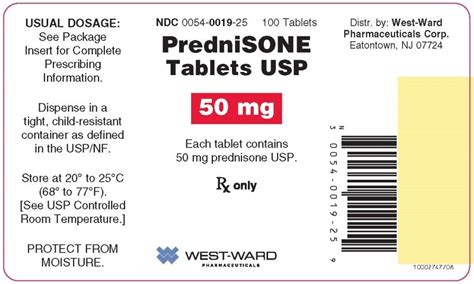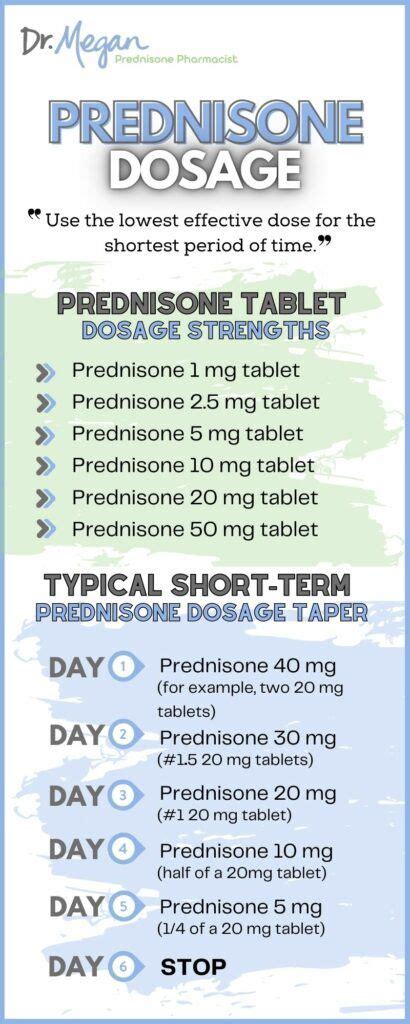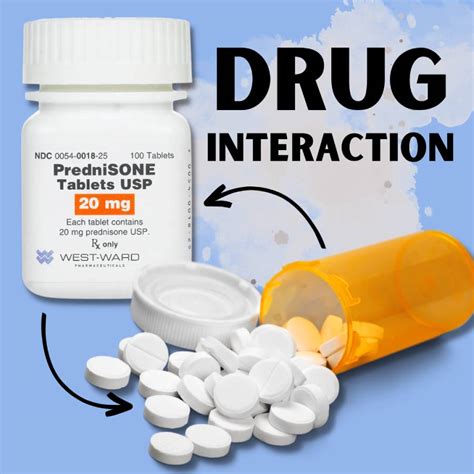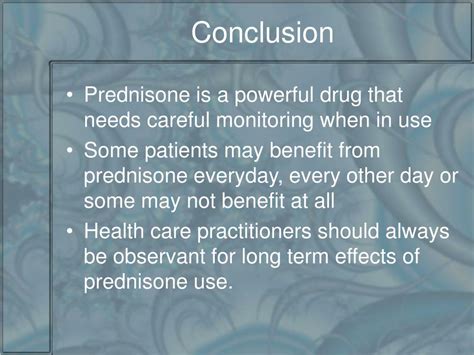Intro
Prednisone is a synthetic corticosteroid that has been widely used in the medical field for its potent anti-inflammatory and immunosuppressive properties. It is commonly prescribed to treat a variety of conditions, including asthma, rheumatoid arthritis, and certain types of cancer. The importance of understanding the uses and side effects of prednisone cannot be overstated, as it is a powerful medication that can have a significant impact on a person's quality of life. In this article, we will delve into the world of prednisone, exploring its uses, side effects, and everything in between.
The use of prednisone has been a topic of interest for many years, with researchers and medical professionals continually seeking to understand its mechanisms of action and potential applications. One of the primary reasons for the widespread use of prednisone is its ability to reduce inflammation and suppress the immune system. This makes it an effective treatment for conditions such as asthma, where inflammation can cause airways to constrict and lead to breathing difficulties. Additionally, prednisone has been shown to be effective in treating certain types of cancer, such as leukemia and lymphoma, by suppressing the growth of cancer cells.
As with any medication, prednisone is not without its side effects. Some of the most common side effects of prednisone include weight gain, mood changes, and insomnia. These side effects can be mild and temporary, but in some cases, they can be severe and long-lasting. It is essential for individuals taking prednisone to be aware of the potential side effects and to monitor their body's response to the medication. By understanding the uses and side effects of prednisone, individuals can make informed decisions about their treatment and work with their healthcare provider to minimize the risk of adverse reactions.
Prednisone Uses

Benefits of Prednisone
The benefits of prednisone are numerous, and it has been shown to be an effective treatment for a variety of conditions. Some of the benefits of prednisone include: * Reduced inflammation: Prednisone has potent anti-inflammatory properties, which can help to reduce swelling and pain. * Suppressed immune system: Prednisone can help to suppress the immune system, which can be beneficial in treating conditions such as rheumatoid arthritis. * Improved symptoms: Prednisone can help to improve symptoms such as shortness of breath, fatigue, and pain.Prednisone Side Effects

Managing Side Effects
While side effects can be unpleasant, there are steps that can be taken to manage them. Some tips for managing side effects include: * Monitoring weight: Regularly monitoring weight can help to identify weight gain and take steps to manage it. * Practicing stress-reducing techniques: Techniques such as meditation and deep breathing can help to reduce stress and anxiety. * Getting regular exercise: Regular exercise can help to improve mood and reduce the risk of weight gain. * Eating a healthy diet: Eating a healthy, balanced diet can help to manage weight and reduce the risk of side effects.Prednisone Dosage

Important Considerations
When taking prednisone, there are several important considerations to keep in mind. Some of these include: * Taking the medication as directed: It is essential to take prednisone exactly as directed by a healthcare provider. * Monitoring side effects: Regularly monitoring side effects can help to identify any potential problems. * Avoiding interactions: Prednisone can interact with other medications, so it is essential to inform a healthcare provider of any other medications being taken.Prednisone Interactions

Reducing the Risk of Interactions
To reduce the risk of interactions, it is essential to inform a healthcare provider of any other medications being taken. Some tips for reducing the risk of interactions include: * Keeping a medication list: Keeping a list of all medications being taken can help to identify any potential interactions. * Informing a healthcare provider: Informing a healthcare provider of any other medications being taken can help to reduce the risk of interactions. * Monitoring side effects: Regularly monitoring side effects can help to identify any potential problems.Prednisone and Pregnancy

Important Considerations
When taking prednisone during pregnancy, there are several important considerations to keep in mind. Some of these include: * Informing a healthcare provider: Informing a healthcare provider of the pregnancy can help to reduce the risk of potential problems. * Monitoring the fetus: Regularly monitoring the fetus can help to identify any potential problems. * Avoiding high doses: Avoiding high doses of prednisone can help to reduce the risk of potential problems.Prednisone and Breastfeeding

Important Considerations
When taking prednisone during breastfeeding, there are several important considerations to keep in mind. Some of these include: * Informing a healthcare provider: Informing a healthcare provider of breastfeeding can help to reduce the risk of potential problems. * Monitoring the baby: Regularly monitoring the baby can help to identify any potential problems. * Avoiding high doses: Avoiding high doses of prednisone can help to reduce the risk of potential problems.Conclusion and Final Thoughts

We hope this article has provided you with a comprehensive understanding of prednisone and its uses. If you have any further questions or concerns, please do not hesitate to reach out to us. We encourage you to share this article with others who may be interested in learning more about prednisone.
What is prednisone used for?
+Prednisone is used to treat a variety of conditions, including respiratory problems, skin conditions, and certain types of cancer.
What are the common side effects of prednisone?
+Common side effects of prednisone include weight gain, mood changes, and insomnia.
Can I take prednisone during pregnancy?
+Prednisone can be used during pregnancy, but it is essential to use it with caution and under the guidance of a healthcare provider.
Can I take prednisone while breastfeeding?
+Prednisone can be used during breastfeeding, but it is essential to use it with caution and under the guidance of a healthcare provider.
How long does it take for prednisone to start working?
+The time it takes for prednisone to start working can vary depending on the individual and the condition being treated. In some cases, it can start working within a few days, while in other cases, it may take several weeks.
